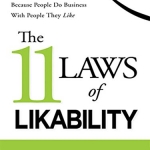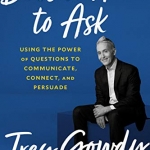Blogging About Sisters Erica and Maria
“Erica and Maria are both red-blooded Americans, born in the USA to parents from Pueblo, Mexico. They have worked with us for over a half decade…Virginia has worked with us over twenty years. She and the ten people in a t-shirt team made $153.45 in 8 hours. That is $19.18 per hour.” In just this way, Los Angeles Apparel invites its online shoppers to “Know the people who make your clothes,”
Most websites contain an “Our Team” section, but Los Angeles Apparel’s, I thought, was a true grabber, with the kind of personalization and emotional appeal we need to include in blog content writing. A team page adds a personal touch to the company and can lend trust to visitors, Cameron Chapman points out in Smashing Magazine. “Meet the Team is all about introducing your visitors to your employees, providing transparency and a sort of personal touch,”, Bluleadz.com explains.
In Creating Buzz With Blogs, veteran business technology consultant Ted Demopoulos explains, “Blogs create buzz because people will feel like they know you, and people like to do business with people they know.” Blogs represent people talking to people, and blogging is the business manifestation of what Barbra Streisand meant when she sang about people who love people being the luckiest people in the world.
So, should the employees themselves be required to write blog posts? After all, Marcuss Sheridan points out, one goal of content marketing is to produce as much content as possible, so the more hands are put to the task, the better. And, since content that answers consumers’ questions is the most valuable, and since those employees are typically the ones dealing with the consumers every day, stands to reason they should be committing that experience to print. Still, Sheridan admits, most employees don’t want to participate.
Whether employees, owners, or professional content writers – or a combination of all three – create the blog posts, the more personal they are, the better, we teach at Say It For You. The focus should be on personal anecdotes and the personal value of the business owners. Blog marketing may be about business, but it had better be about people as well, including both buyers and sellers, writers and readers.
Los Angeles Apparel is onto something with their content about sisters Erica and Maria, inviting their web visitors to know the people who make their clothes..






Follow us online!